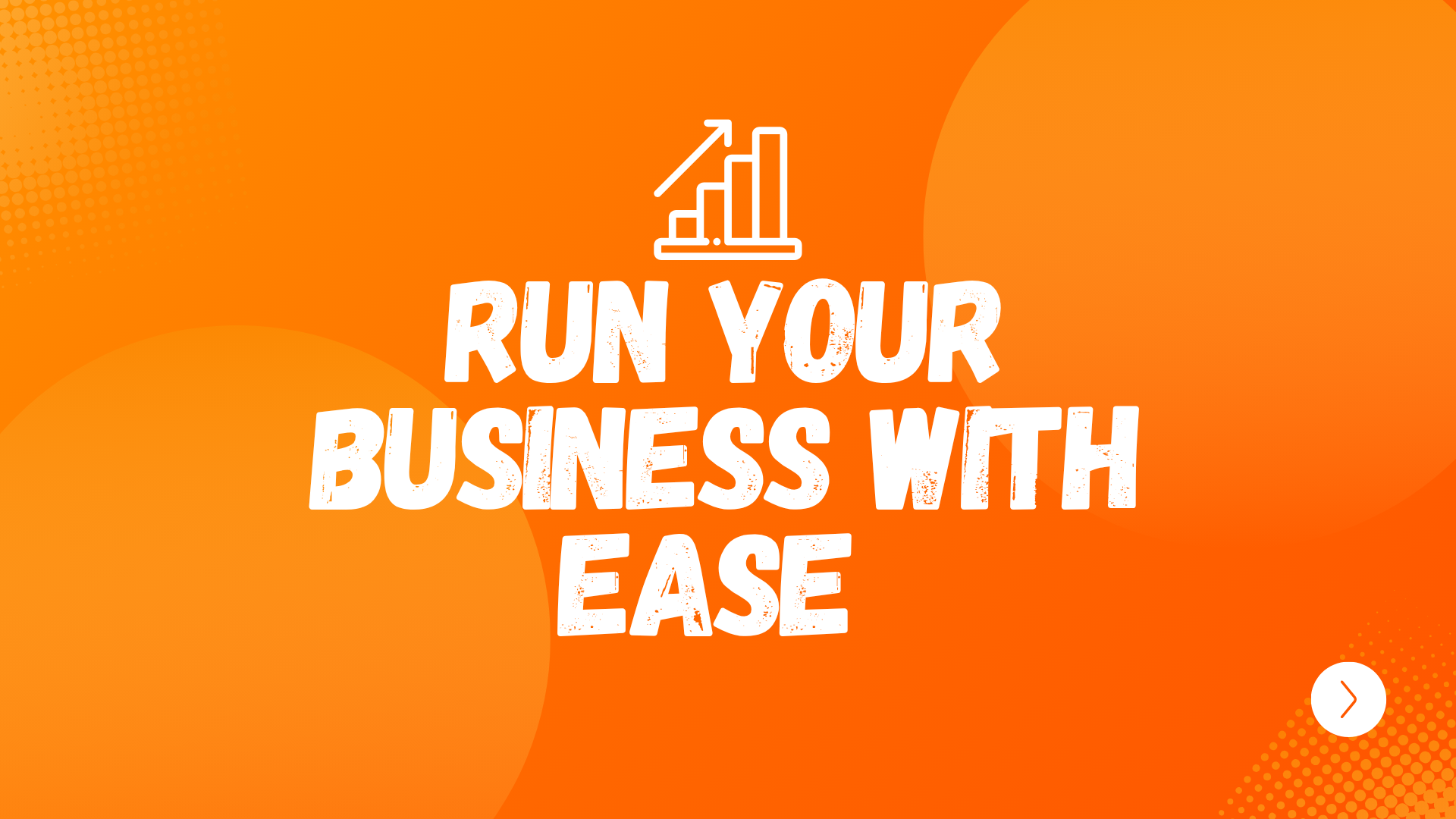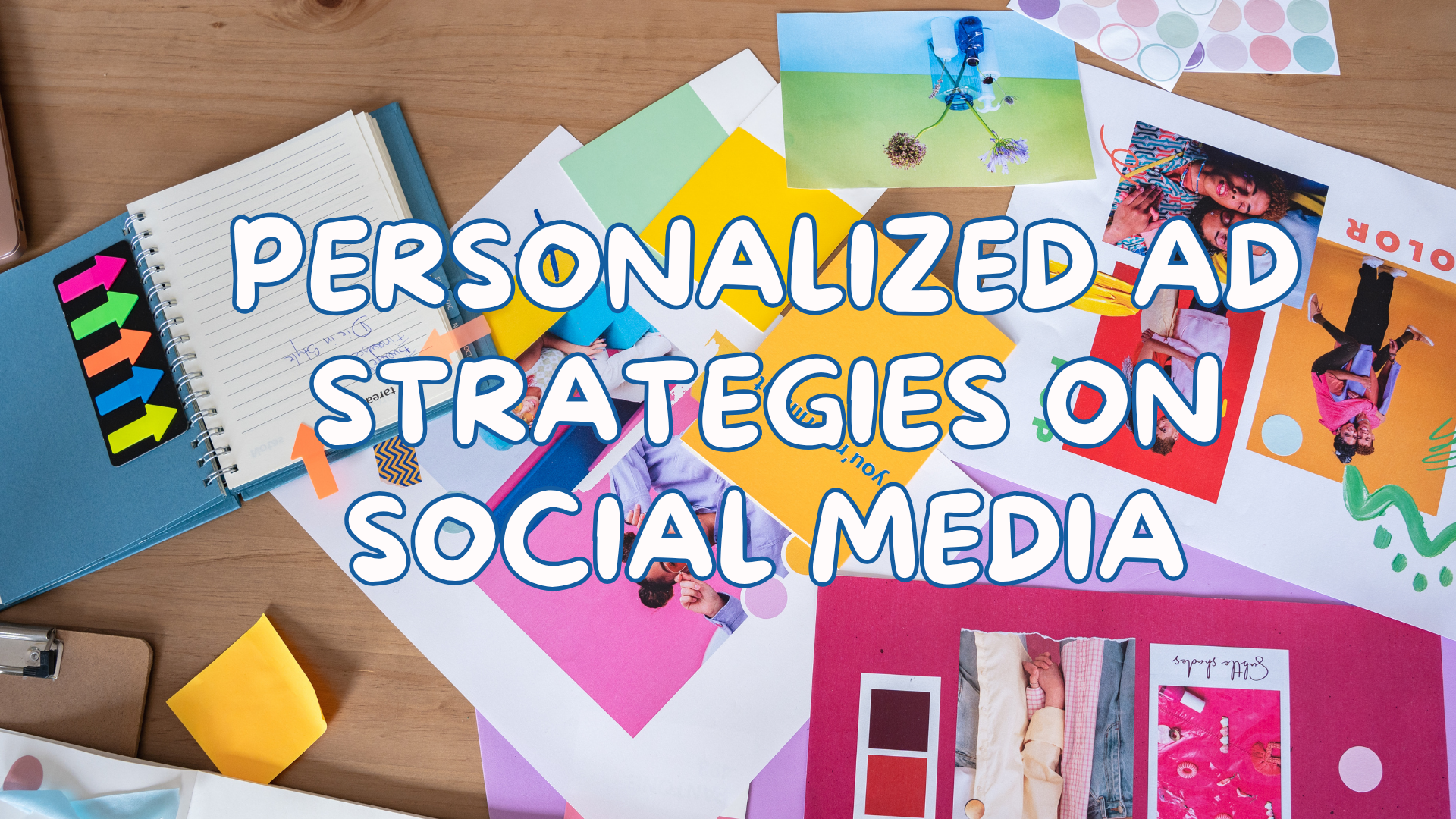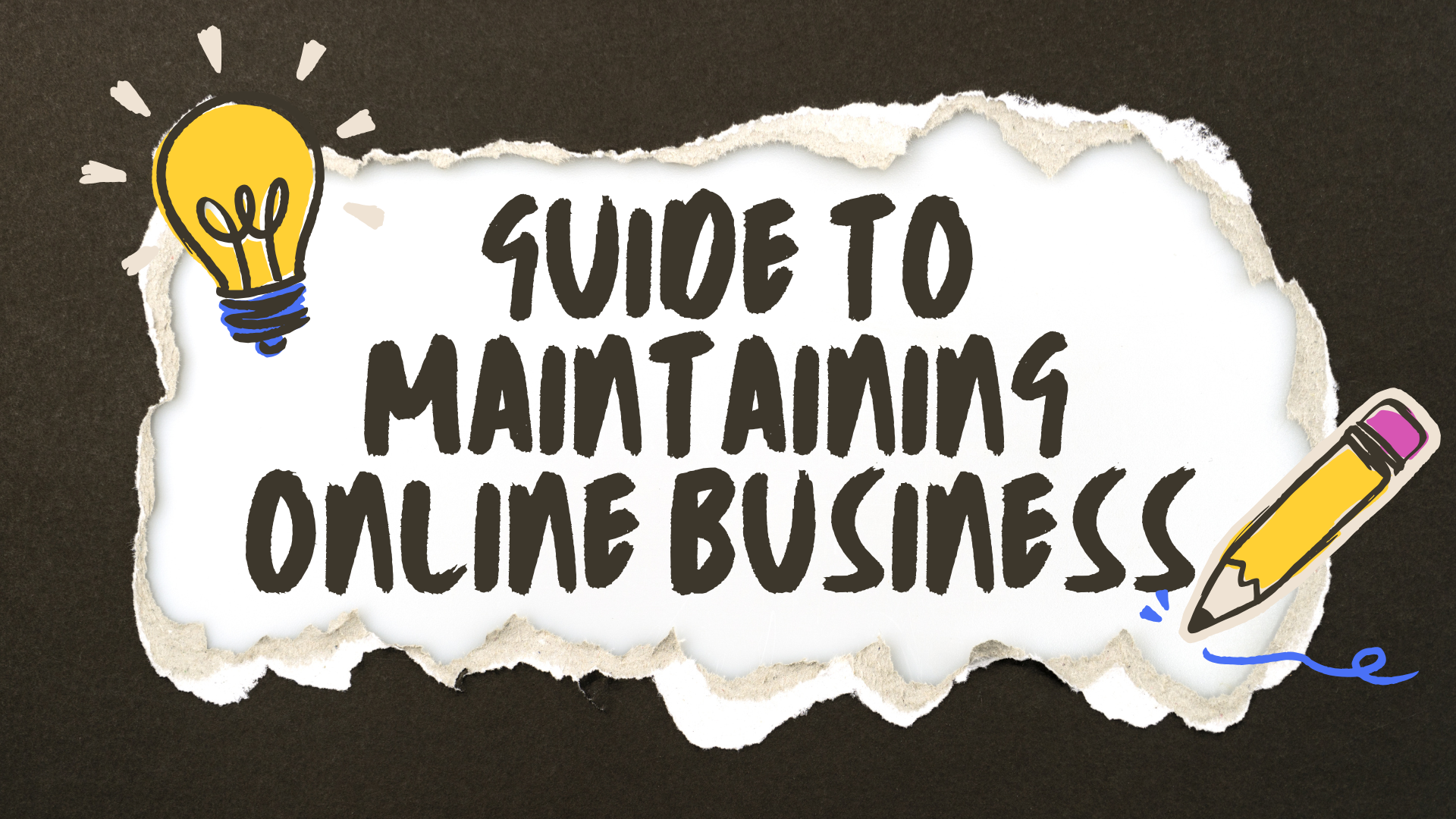Coupon and Voucher Marketing Guide

Introduction
This is your complete guide to coupon and voucher marketing. Smart businesses in today's online era use coupons and vouchers to pull in customers, ramp up sales, and build customer loyalty. This guide will teach you all about coupon voucher marketing, from learning the basics to employing successful strategies.
Learning About Coupon and Voucher Marketing
Defining Coupons and Vouchers
Coupons and vouchers are marketing aids offering discounts or perks to customers, pushing them to buy. their goals align, their application and cashing-in mechanisms vary.
Historical Context and Evolution
Coupons have a long history that goes back to the late 1800s with Coca-Cola being a trendsetter as they gave out free soda coupons. Coupon marketing has grown and changed, now using digital technology, and is seen in many sectors.
How Coupons and Vouchers Differ
- Coupons: They generally give you a set percentage or amount of your total purchase cost.
- Vouchers: These usually give credit or a specific product that can be claimed when specific conditions are met.
Benefits of Coupon and Voucher Marketing
Increased Customer Attraction
Discounts and deals pull in new shoppers by making items more affordable. The most effective strategies often feature big price drops, luring in money-savvy buyers.
- Case study: When a clothing store gave a 20% off deal during the festive period, they saw their new customer numbers go up by 30%.
Keeping Customers and Building Their loyalty
Sales customers to buy again, helping to build their loyalty. Frequently giving special offers to current customers can serve to keep them interested and happy.
- A practical example: is a coffee shop that gives out reward coupons for every ten purchases made, leading to better customer retention figures.
Boost in Sales and Revenue
Smart use of coupon campaigns can increase sales and revenue notably. Giving short-term discounts gives people a reason to buy without.
- Statistic: Businesses using coupons usually see a sales rise of 30% on average.
Types of Coupons and Vouchers
Discount Coupons
Discount coupons provide a certain percentage or set amount off the buying price. They're adaptable and work well for different marketing objectives.
- Percentage Off: Often used in sales promotions, like 20% off.
- Fixed Amount: Suitable for more expensive items, such as $10 off.
Buy One Get One Free (BOGO) Deals
The BOGO strategy prompts customers to buy more by giving a free item with the purchase of another. It's useful for boosting sales volume and speeding up inventory clearance.
- Example: A cosmetics brand offers BOGO deals on selected products, boosting overall sales.
No-Cost Shipping Coupons
No-cost shipping coupons help buyers save on online shopping costs, pushing them to finalize their orders.
- Impact: Research has found that free shipping can push the average order value to grow by 30%.
Money-Back Codes
Moneyback codes give back a part of the price paid, creating brand faithfulness and repeat buying.
- Example: Tech store offers 10% money back on buys above $100, boosting customer contentment.
Digital vs Paper Coupons
- Digital Coupons: Sent out through email, social media, and mobile apps. They are handy and eco-friendly.
- Paper Coupons: These can be given out physically in-store or via direct mail. Ideal for reaching customers not so comfortable with tech use.
Creating Effective Coupons and Vouchers
Get to Know Your Potential Customers
Analyze demographic data to get insight into your audience's likes and actions. Adjust your discount coupons to fit their preferences and activities.
Determining Realistic and Attainable Objectives
Identify clear goals for your coupon marketing, like boosting sales, luring new clients, or getting rid of excessive stock. Make sure these aims go hand in hand with your complete business plan.
Designing Attractive Offers
Create visually appealing coupons with clear and concise messaging. Use eye-catching designs to grab attention and convey the value of the offer.
Crafting Compelling Copy
Use actionable language and urgency to encourage immediate redemption. Phrases like "Limited Time Offer" and "Act Now" can drive quick action.
Distribution Channels for Coupons and Vouchers
Email Marketing
Send personalized offers to your email subscribers. Segment your audience based on past purchase behavior to increase relevance.
Social Media Platforms
Leverage social media to distribute coupons and engage with followers. Run targeted ads to reach a broader audience.
Influencer Partnerships
Collaborate with influencers to promote your coupons. Influencers can amplify your reach and add credibility to your offers.
Affiliate Marketing
Partner with affiliates to distribute your coupons. Affiliates can drive traffic and sales through their established networks.
In-store Distribution
Hand out physical coupons at the point of sale. Use print materials like flyers and posters to promote in-store offers.
QR Code for Easy Access
To make it easier for your customers to access your coupons and vouchers, consider using a generated dynamic QR code. This QR code can be scanned to directly access your latest offers and promotions.
Tracking and Analyzing Coupon Performance
Key Metrics to Monitor
Redemption Rates: Measure the percentage of distributed coupons that are redeemed.
Return on Investment (ROI): Calculate the revenue generated from the coupon campaign relative to its cost.
Using Analytics Tools
Utilize tools like Google Analytics to track the performance of your coupon campaigns. Analyze data to identify trends and optimize future offers.
A/B Testing Offers
Conduct A/B tests to compare the effectiveness of different coupon designs and offers. Use the results to refine your strategy.
Customer Feedback
Gather feedback from customers through surveys and reviews. Use this information to improve your coupon marketing efforts.
Best Practices and Tips for Coupon and Voucher Marketing
Avoiding Common Pitfalls
Over-discounting: Avoid offering discounts that are too steep, as they can devalue your brand.
Clear Terms and Conditions: Ensure that your coupons have clear and understandable terms to avoid customer frustration.
Leveraging Scarcity and Urgency
Create a sense of urgency with limited-time offers. Use countdown timers and expiration dates to encourage quick action.
Encouraging Social Sharing
Design your coupons to be shareable on social media. Encourage customers to share deals with their network to increase reach.
Case Studies and Success Stories
Highlighting Successful Campaigns
Showcase examples of successful coupon campaigns from various industries. Analyze what made these campaigns effective.
Lessons Learned
Discuss the key takeaways from these campaigns. Highlight what worked well and what could be improved.
Conclusion
Recap the key points covered in this guide. Encourage readers to implement the strategies discussed to enhance their coupon and voucher marketing efforts. Emphasize the power of coupons and vouchers in driving customer attraction, retention, and sales.
Frequently Asked Questions (FAQs)
- How to Start with Coupon Marketing?
Begin by defining your goals and understanding your target audience. Create compelling offers and choose appropriate distribution channels.
- Best Platforms for Distribution?
Utilize email marketing, social media, and influencer partnerships for effective distribution. Consider using digital platforms for broader reach.
- How to Measure Success?
Track key metrics such as redemption rates and ROI. Use analytics tools to monitor performance and gather customer feedback for insights.
Note: IndiBlogHub features both user-submitted and editorial content. We do not verify third-party contributions. Read our Disclaimer and Privacy Policyfor details.







